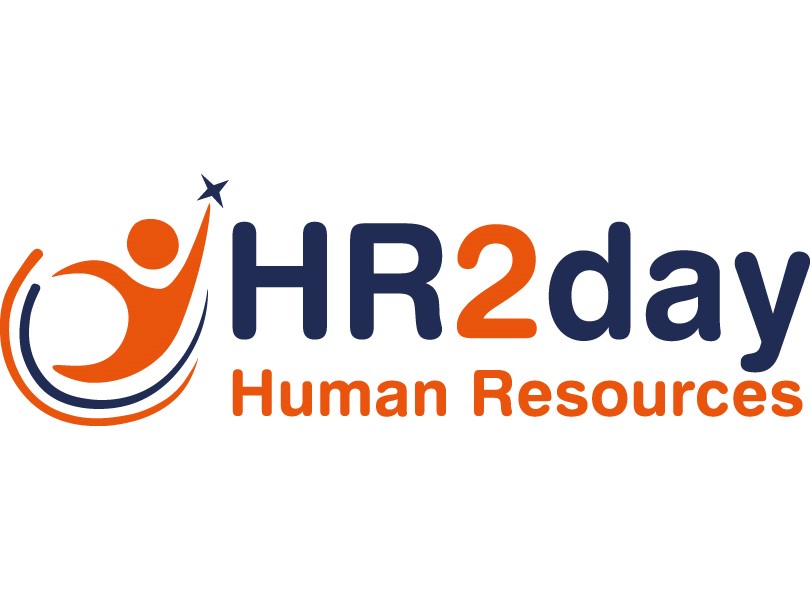
Employee Handbooks: A Blueprint for Success

In today’s competitive business landscape, organisations strive to attract and retain top talent while maintaining a productive and harmonious work environment. One powerful tool that aids in achieving these objectives is an employee handbook. An employee handbook serves as a comprehensive guide that outlines company policies, procedures, and expectations, providing clarity to both employees and employers.
1. Establishing clear expectations:
A well-crafted employee handbook serves as a vital tool for establishing clear expectations within an organisation. It outlines the company’s mission, vision, and values, helping employees align their actions and behaviours with the organisation’s goals. By clearly communicating policies on attendance, dress code, code of conduct, and performance expectations, an employee handbook sets a standard of behaviour that promotes consistency and professionalism throughout the organisation.
2. Communicating Policies and Procedures:
By outlining policies related to time off, including holidays, maternity (and all family leave) compassionate leave, dependents policy and time off for appointments, pay and benefits performance reviews, and disciplinary procedures, the handbook ensures that employees have easy access to this crucial information. This transparency fosters trust, reduces misunderstandings, and minimises conflicts, creating a more positive and efficient work environment.
3. Legal Compliance and Risk Management:
In today’s complex legal landscape, organisations must ensure compliance with various employment laws and regulations. An employee handbook plays a crucial role in this regard by clearly communicating legal obligations and expectations to employees. It helps employers mitigate risks by outlining policies related to, data protection, equal opportunities and dignity at work, health and safety and other legal requirements. Moreover, an up-to-date handbook can demonstrate an employer’s commitment to compliance, which can be invaluable in the event of legal disputes or audits.
4. Onboarding and Training:
A well-designed employee handbook serves as a valuable resource during the onboarding process. It introduces new hires to the company culture, policies, and procedures, allowing them to quickly acclimatise to their new role. The handbook can also include information about , training and development opportunities, and resources available to employees. By providing this information upfront, an organisation sets the stage for a positive and productive work experience right from the start.
5. Cultivating a Positive Work Culture:
Employee handbooks go beyond merely stating policies and procedures; they also contribute to shaping the company’s culture. By incorporating sections on diversity, and inclusion, the handbook reinforces the values and behaviours that promote a positive work environment. It can also address the organisation’s commitment to work-life balance, employee wellness programs, and community involvement. A well-crafted handbook helps create a culture that attracts and retains top talent, fostering employee engagement and satisfaction.
Conclusion:
An employee handbook is an indispensable tool for any organisation striving to establish a consistent, compliant, and engaged workforce. It provides a roadmap for success, outlining expectations, policies, and procedures while cultivating a positive work culture. By clearly communicating essential information and fostering transparency, an employee handbook empowers employees and helps employers create a harmonious work environment.
The team at HR2day works with many clients to create and update their employee handbook. We help to ensure that it aligns with their values, is legally compliant, and is regularly updated to reflect changes in policies and regulations.
If you would like to speak to the team about creating an employee handbook or reviewing your current document, then please contact us now on 01325 288299 (opt. 2) or email us at helpdesk@hr2day.co.uk.
By HR2day
363 Views
Recent Posts
- Explore the Impact of Verifying Carbon Capture Technologies
- ITS wins Supplier of the Year at the ISPE UK Affiliate Annual Awards
- Cembre MG4 | The Newest Thermal Printer for Identification & Labelling | Available From Thorne & Derrick
- Share your expertise at ICPVT15: International Conference on Pressure Vessel Technology
- Minimising GWR Probe Build Up with the Magnetrol Eclipse 706
Back to News >



